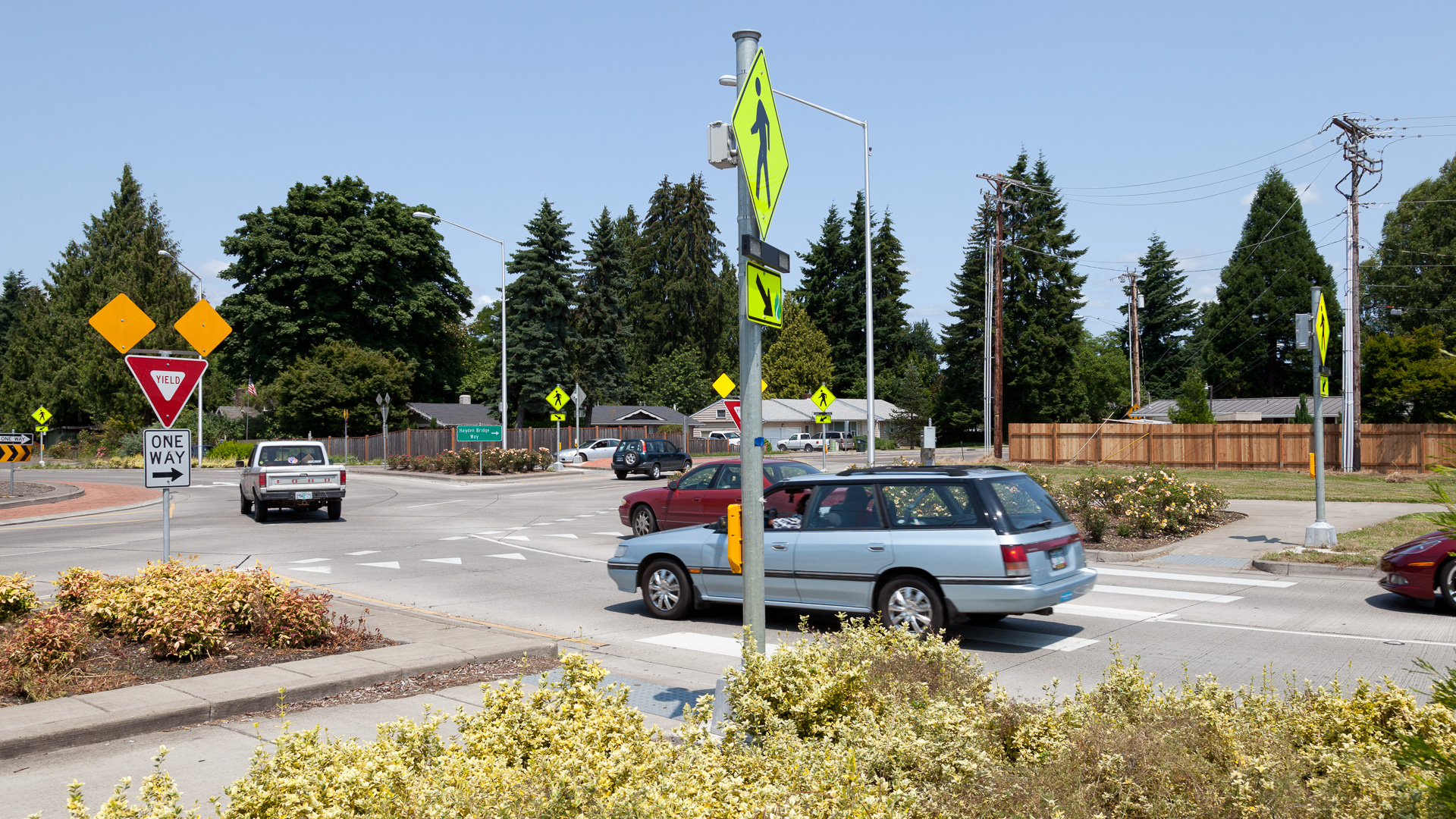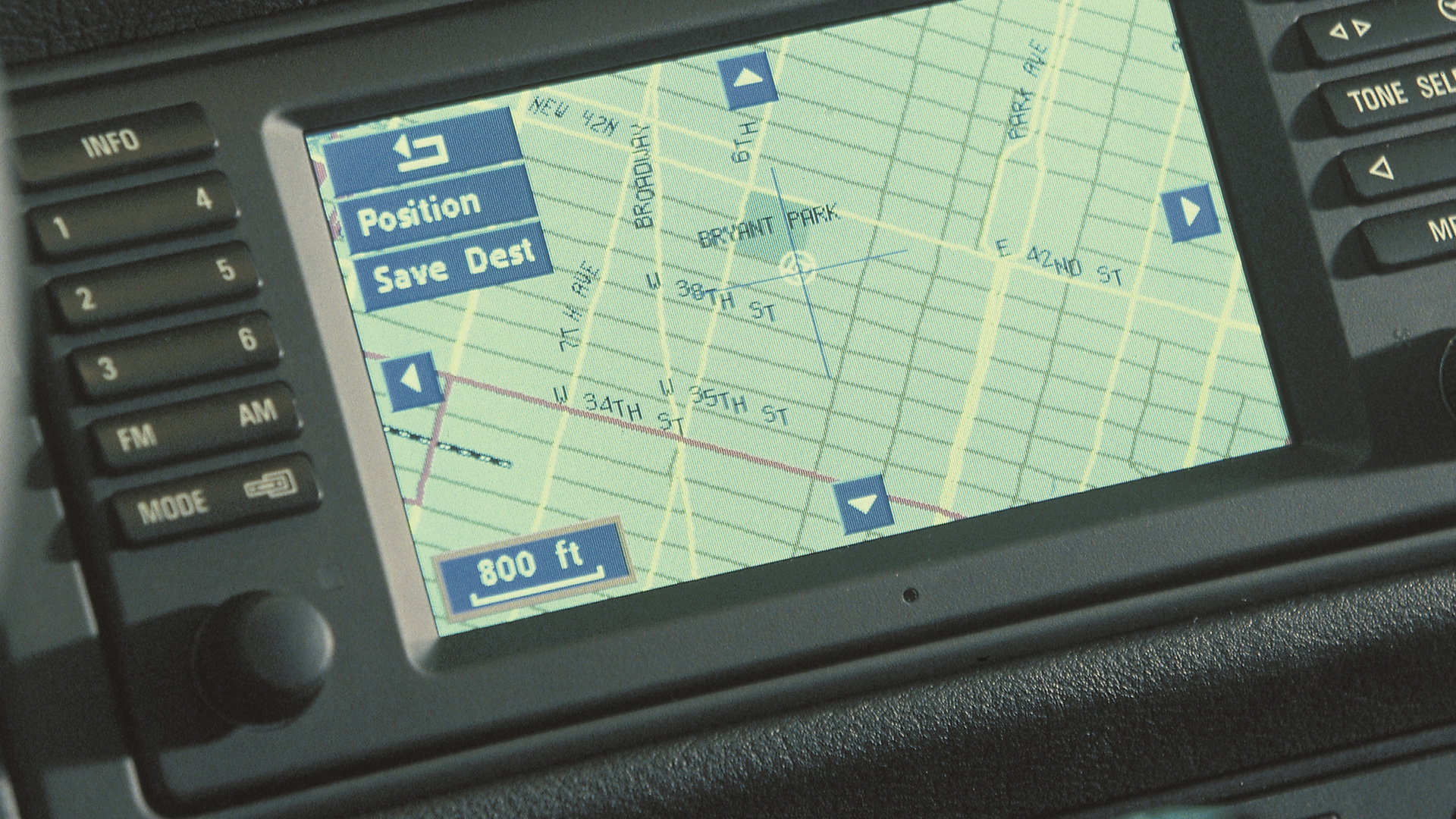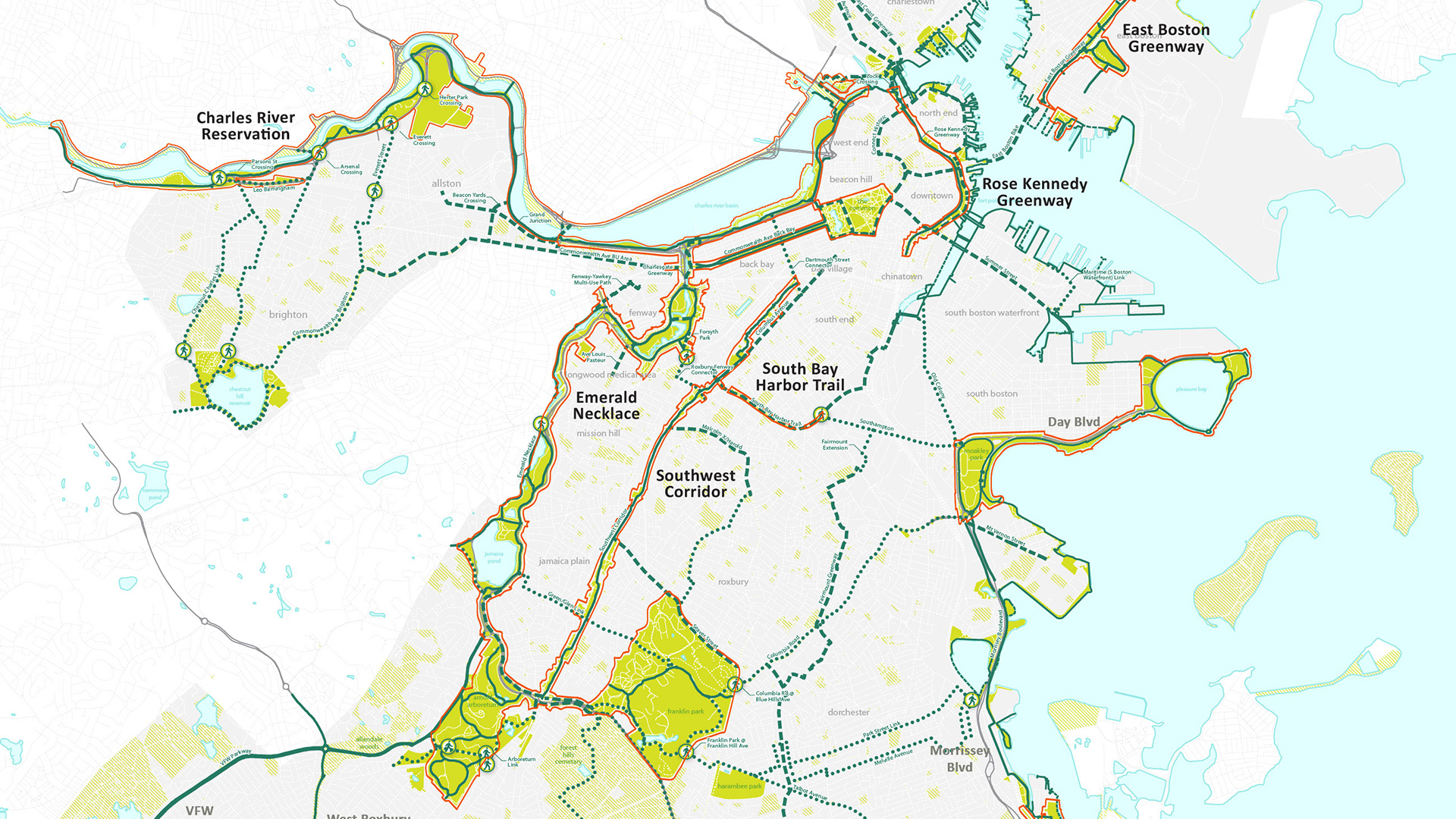Challenge
Maryland has experienced considerable private developer interest in sites served by rail. Resulting development over the years has met mixed reviews as development teams and local jurisdictions struggle to right-size functional space and design sites to fully leverage high levels of public rail investment. The Maryland Transit Administration needed best-practice information and guidance for balancing the operational needs of stations – particularly parking and bus bay size and location – with amenity-rich walkable, livable station areas.
Solution
Kittelson created a highly visual transit-oriented development (TOD) design guide tailored to the physical and operating aspects of the various types of rail transit stations in Maryland, focusing information on the needs of private developers and local planning and permitting staffs.
The Outcome
Guiding Developers Toward Best-Practices Design
Working with the Maryland Transit Administration and DOT staff with a range of experiences and responsibilities, Kittelson prepared a user-friendly document targeted to the development team and organized around the decision-making steps in the development process. Examples are drawn from Maryland and elsewhere in the nation, and include various types of rail service, access conditions and market considerations, ranging from peak-only suburban commuter service to frequent-service urban infill light rail and grade-separated metro stations. Best-practice guidance is organized by topic area and provides links to additional industry resources. A series of checklists helps designers think through decisions that affect parcel assembly, site planning and design, development phasing, and post-development operations.



